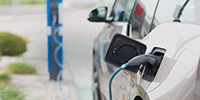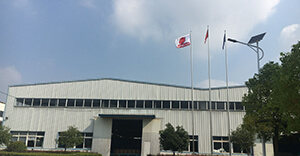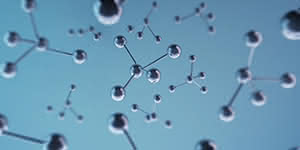What is a Battery
What is a Battery?
A battery is an electrical storage device. Batteries do not make electricity, they store it, just as a water tank stores water for future use. As chemicals in the battery change, electrical energy is stored or released. In rechargeable batteries, this process can be repeated many times. Batteries are not 100% efficient - some energy is lost as heat and chemical reactions when charging and discharging. If you use 1000 watts from a battery, it might take 1050 or 1250 watts or more to fully recharge it.
Internal Resistance
Part - or most - of the loss in charging and discharging batteries is due to internal resistance. This is converted to heat, which is why batteries get warm when being charged up. The lower the internal resistance, the better. There is a good explanation and demonstration of Internal Resistance here.
Slower charging and discharging rates are more efficient. A battery rated at 180 amp-hours over 6 hours might be rated at 220 AH at the 20-hour rate, and 260 AH at the 48-hour rate. Much of this loss of efficiency is due to higher internal resistance at higher amperage rates - internal resistance is not a constant - kind of like "the more you push, the more it pushes back".
Typical efficiency in a lead-acid battery is 85-95%, in alkaline and NiCad battery it is about 65%. True deep cycle AGM's (such as Concorde) can approach 98% under optimum conditions, but those conditions are seldom found so you should figure as a general rule about a 10% to 20% total power loss when sizing batteries and battery banks.
Practically all batteries used in PV and all but the smallest backup systems are Lead-Acid type batteries. Even after over a century of use, they still offer the best price to power ratio. A few systems use NiCad, but we do not recommend them except in cases where extremely cold temperatures (-50 F or less) are common. They are expensive to buy and very expensive to dispose of due to the hazardous nature of Cadmium.
We have had almost no direct experience with the NiFe (alkaline) batteries, but from what we have learned from others we do not not recommend them. One major disadvantage is that there is a large voltage difference between the fully charged and discharged state. Another problem is that they are very inefficient - you lose anywhere from 30 to 40% in heat just by charging and discharging them. Many inverters and charge controls have a hard time with them. It appears that the only current source for new cells seems to be from Hungary. In the past they were often used by railroads as backup power, but nearly all have now changed over to newer types.
An important fact is that ALL of the batteries commonly used in deep cycle applications are Lead-Acid. This includes the standard flooded batteries, gelled, and sealed AGM. They all use the same chemistry, although the actual construction of the plates, etc varies.
NiCads, Nickel-Iron, and other types are found in a few systems, but are not common due to their expense, environmental hazards, and/or poor efficiency.













